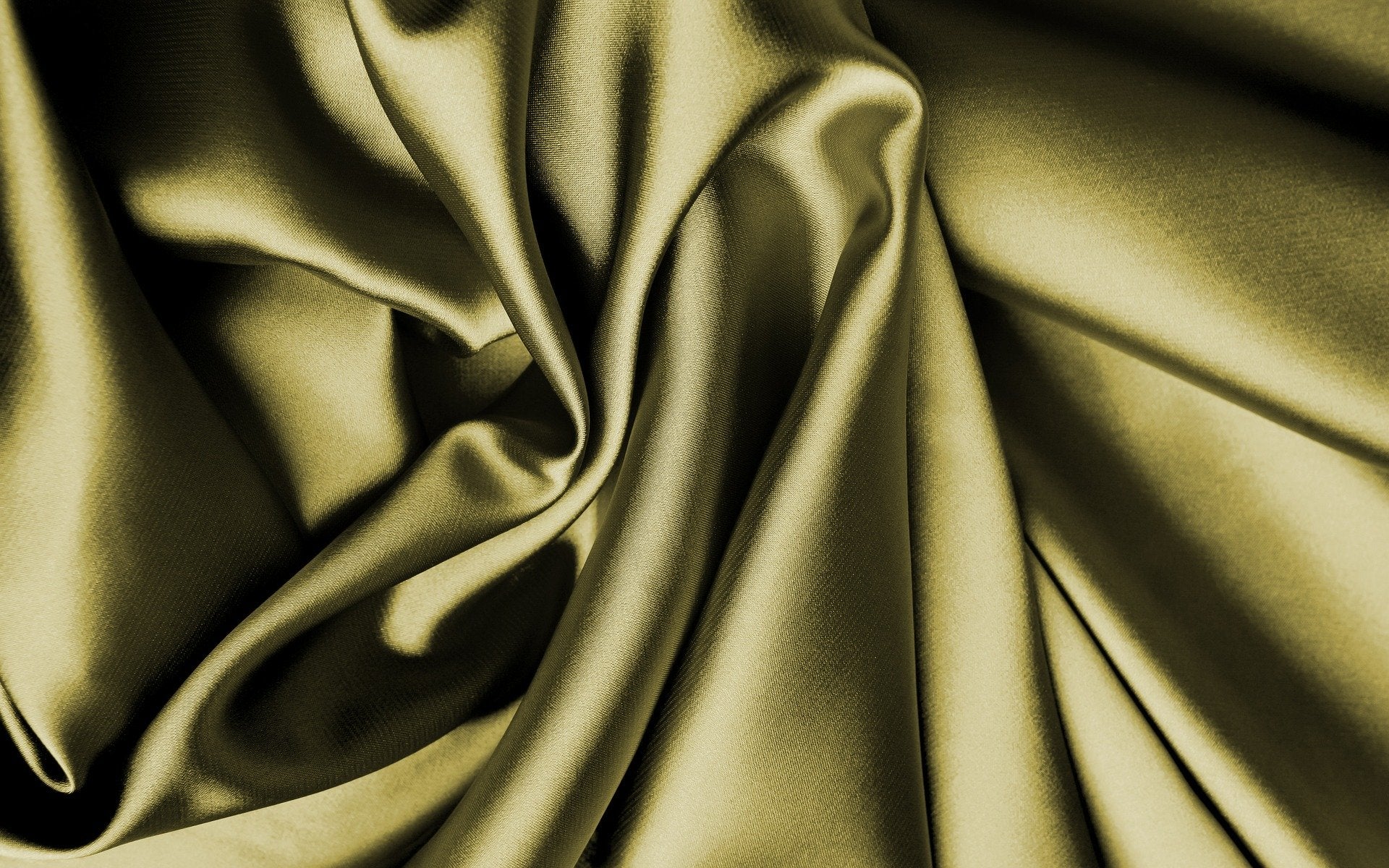Article: Why Silk is Sustainable?

Why Silk is Sustainable?
"SILK DOES FOR THE BODY WHAT DIAMONDS DO FOR THE HAND." - OSCAR DE LA RENTA
Known for its beautiful drape and light-reflecting lustre, silk is a luxurious fabric with a rich history dating back to 8,500 years in Henan, China. However, not all silks are created equal, with mulberry silk being the highest quality silk produced on the market. Its history begins in China, where farmers grew Mulberry trees and harvested the leaves for silkworms to graze on. It has kept its status as a luxurious fabric that is heavily sought after, as it takes about 2500 silkworms to spin half a kilogram of raw silk.
A single raw thread of silk is finer than a strand of human hair, with silk produced by the Bombyx mori silkworm being one of the strongest natural fibers. And whilst many other insects are capable of producing and spinning silk, the cocoons of silk spun by these particular silkworms are one of the strongest silks available, and are capable of creating long strands that produce better quality and more consistently woven silk.
So what makes mulberry silk unique? A single strand of fiber spun by a mulberry silkworm is mainly composed of silk fibroin and sericin binder. The silk fibroin structure provides the fiber stiffness and strength whilst the sericin binder acts as an adhesive which helps to hold the structure of the fiber together. Unlike other fabrics that tend to draw moisture from skin and hair (such as cotton), silk fibroin is a natural protein fiber with 18 essential amino acids, which makes it exceptional at maintaining the appropriate moisture balance in the skin. And the sericin in the silk fiber naturally repels dust mites, bacteria and fungus, making it a hypoallergenic alternative for many people with allergies or sensitivities.
Not only does silk feel undeniably smooth and soft on the skin, but it also has great benefits to our skin. The natural cellular albumen in silk can help stimulate the metabolism of skin cells, whilst simultaneously delaying the aging process by preventing wrinkles and minimizing damage to the skin.
Breathable and light-weight, silk fabric is known to be a natural temperature regulator, helping to naturally expel excess heat in warm weather, whilst helping the body to retain warmth in cold temperatures. Silk can naturally help to maintain a comfortable body temperature whichever season of the year it may be.
Since silk is also a natural fiber, it is both sustainable and has a minimal damaging impact on the environment. In addition, silk production is one of the cleanest textile industries as mulberry trees do not require fertilizing or pesticides, which means that toxic chemicals are not introduced into the fabric of the silk.
A luxurious fabric that has many natural benefits - would you like to use more silk products in your everyday lifestyle?
